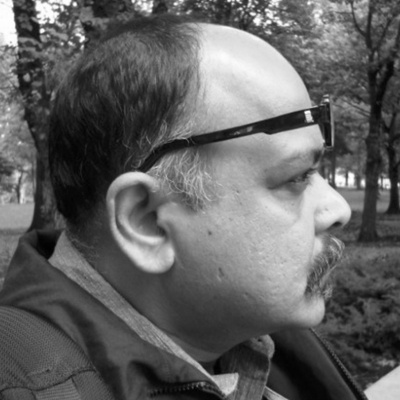Whose design is it anyway? – Pastiche and Parody
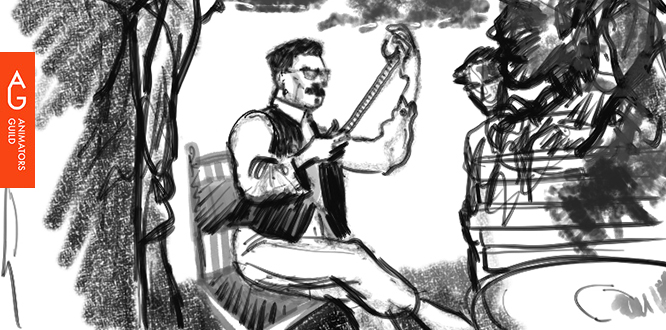
Pastiche and Parody
It has always been technology that sculpted cultural evolution. They were inventions of tools, fire, agriculture, taming of animals, the wheel…etc. Cultures adopted technologies from one another, often encouraged to do by those who invented it. Ideologies and religions were inventions too, forced down throats. But at every threshold stood opportunities.
Time is a lens, through which we can look back at the right and wrong opportunities cultures took. And like Jacob Bronovski says, we are a species that is endowed with an ability to look forward. So if we look forward sharp enough perhaps, we will see the choices we must make.
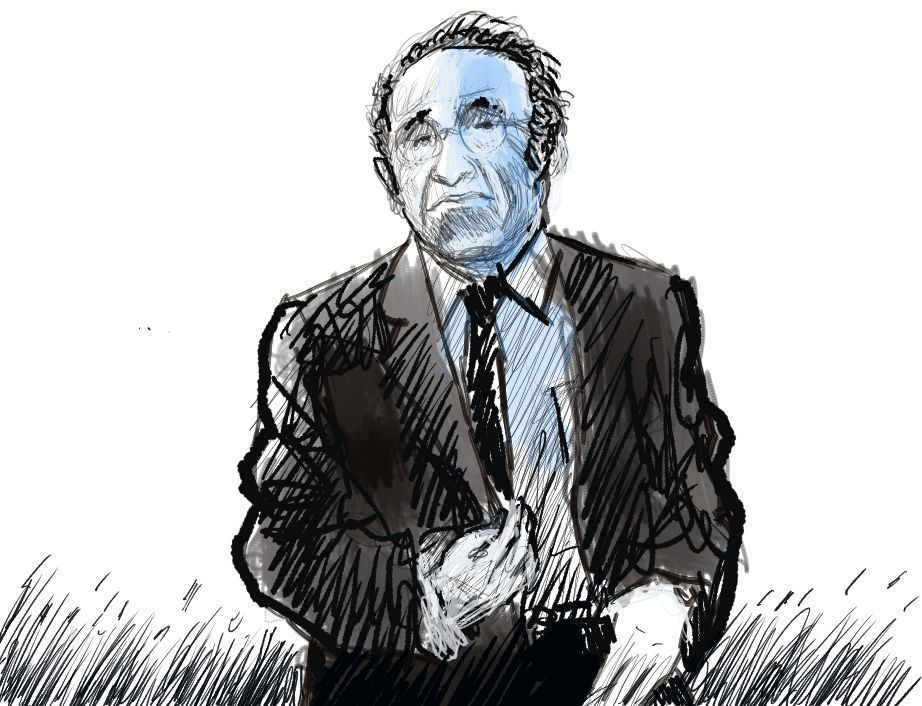
The story of art is also full of inventions, choices and tributes…that one practitioner paid to the other, in a continuity that span millenniums... the Greek, The Indian, The Sumerian, The Egyptian, Roman…classical, folk and contemporary, the grand Pastiche. It started so long ago when one individual picked up a stone and made strokes on the wall of a cave and the others recognized a boar. That moment was electric. That moment is still an amazing feeling, the recognition of an invention that only a few can express with. It is a story many of us will remember. In a black and white world, I remember a couple smiling at each other while between them I sat on the floor, a boy of four, making mountains and stars with chalk on the floor.

A pastiche is a work of visual art, literature, theatre, or music that imitates the style or character of the work of another artist. Unlike parody, pastiche celebrates, rather than mocks, the work it imitates. Should the artist mock, take advantage of or show respect to an artist before him? Should he not think of what repercussions his art might make on people? Will it give them pride or scorn? Hate or love? We know of cultures through their art they left behind. Finally it is the artist who must hold the wheel. It is the artist who is RESPONSIBLE!
Why did the first artists who painted inside caves not frame their work? In their world one image leapt into the space of another in an unending wave of making, just like their lives did in an unending present tense. They had no language and therefore no grammar. There was no need to describe the present, the past and the future. There was no need to frame anything. When language came, it came as an invention that changed that simpler world for us. We have since framed ourselves nicely.
Now Prof. Roger Penrose says that as the universe is expanding exponentially, much in the future will a time come, (after black holes and such other items have evaporated) when there would be no matter, no space and therefore no time and surprisingly and apparently no sense of size. So this humongous cosmos that is around us, entrenched in grammar and theories of all kind could well be the size of a sub atomic particle getting ready for the next big bang. The Nobel Prize came to Prof Roger Penrose for suggesting, that we are now between Big Bangs. There are many before ours and there are many after ours. So many bangs that it does not matter.
Early one morning, long ago in Africa, while out collecting firewood, a child asked her mother; “mother, what is holding us (this earth) up?” and the mother replied; “a turtle”. “And what is holding that turtle up?” the girl asked again, to which the mother said; “another turtle”. The girl made this into a question and answer game, like children always do. She questioned her mother about a thousand times and her mother had answered her all those thousand times with the answer “another turtle”. As they reached their home the sun was about to set when the mother preempted the girl’s question. Before the girl could ask her ‘and what is holing that turtle up?’ She said: ‘my girl, it is turtles all the way!’ They laughed like mothers and daughters do, made their meal, ate and slept. This is an old African fable about evolution.
Most cultures and belief systems have similar concepts. What is frightening is a strange thought that is likely to plague us. We are between Big Bangs, many behind us and many in front of us, just like Turtles all the way down and up. Nobel or not, science might start to look like any other religion, which of course it is not! But to many ‘we told you so’ brigades of true believers it might.
In 2017, gravity telescopes recorded gravity waves that passed through us, rippling out from an event in which two huge black holes collided 3 million light years ago, proving what Einstein suggested a hundred years ago. It meant that our planet (including us), like other planets in the vicinity, stretched and squashed as the gravity wave passed through us. Then again, a couple of years ago two Neutron stars collided 3.2 million light years ago sending another gravity wave stretching and squashing us as it passed through. See, even wrong grammar works when we address such big events. Surely, culture will evolve further thanks to such revelations. We have already begun to feel insignificantly significant, where yesterday, today and tomorrow are beginning to matter less.
The scientists involved in detecting the stretch and squash of things won the Nobel. Ever since Ub Iwerks and even before, we animators have been stretching and squashing all and everything else in sight. We have also successfully mixed yesterdays, todays and tomorrows. But no animator will ever be considered for the Nobel. At the best of times, the audience would laugh their heads off, plant a pat on our shoulders and say: ”oh you animators are funny people”. This train of thought might take us to some caves where we rather not go.

Instead let us turn to the dancing girl of Harappa. “There is her little Baluchi-style face with pouting lips and insolent look in the eye. She’s about fifteen years old I should think, not more, but she stands there with bangles all the way up her arm and nothing else on. A girl, perfectly for the moment, perfectly confident of herself and the world. There’s nothing like her, I think, in the world.” This was Mortimer Wheeler, the Archeologist and Historian who had excavated at Harappa. One does not need much imagination to project the slender arms of the dancing girl of Baluchistan to those of the much-evolved Tanjore bronzes of a millennium later. Lost wax technique is not the only connect, the grand Pastiche is at work. Genetic studies tell us that it is indeed the same groups who peopled the subcontinent. ‘The base of the Pizza’ like Tony Joseph says in his “Early Indians”.
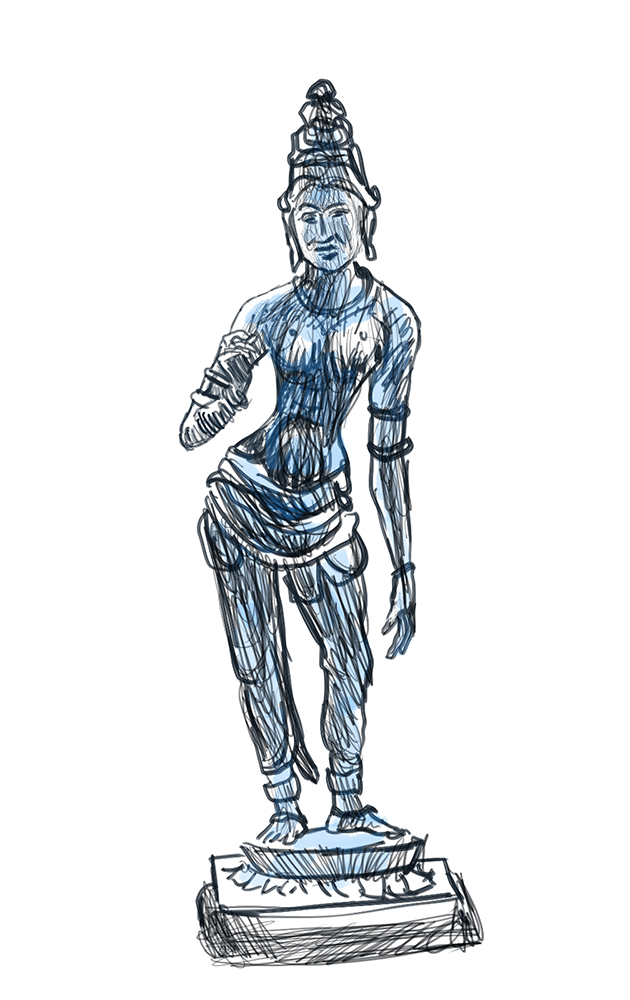
Among the several thresholds that sculpted our cultural evolution, there are three worth shouting out about. The first was the recognition of strokes, inside a dark cave, that could represent a boar. The second was that of language and its grammar that taught us to frame. The third was the camera obscura that taught us everything else. The camera obscura is the harbinger of rebirth. Perspective played the highest role in the Renaissance. A century later, when two Portuguese Padres showed Akbar some renaissance prints from Europe, he marveled at the depth he saw in them. For him it was as though a great mystery was solved. And he called out to his master artists to study them.
It was not just the perspective out side that drove Renaissance; it was also a slow look inwards. Centuries later, the post-Impressionists were bolder and so were the Expressionists to look at the perspectives inside. Marcel Duchamp finally said that retinal art was dead. Art was no longer in the service of the eye; it was in the service of the mind.
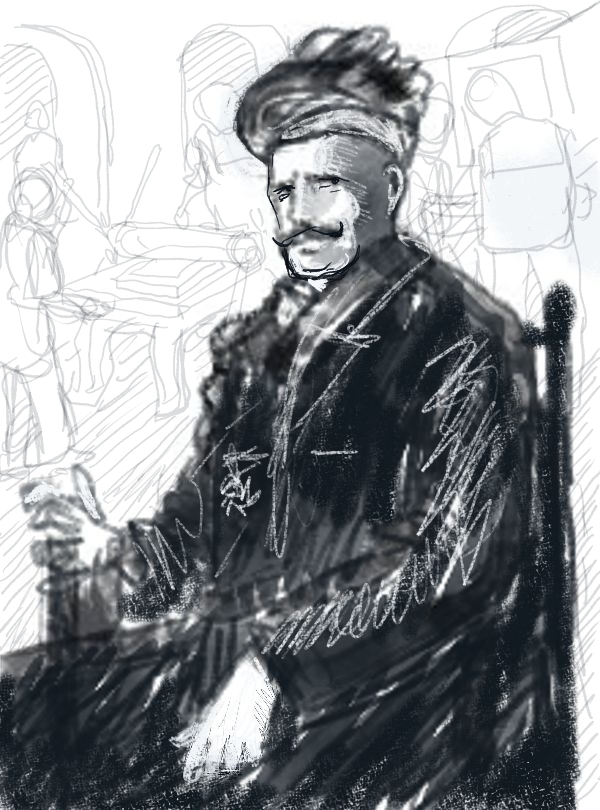
Around the 1850’s Raja Ravi Varma, originally trained in the style of Tanjore painting, stumbled upon a Dutch Painter, who would not teach him anything. But Raja Ravi Varma taught himself looking at the work of the secretive European. He learned Perspective and the technique of oil painting. Soon he was making large paintings of Indian mythological subjects, done in the European fashion. Raja Ravi Varma is now seen as a Nationalist invested in finding an Indian idiom using European techniques. The Gods and Goddesses began to look real, of flesh and blood, wearing ordinary fabric, set in beautifully and theatrically staged compositions. His lithographs brought art to the masses in a socialist kind of move. The beginning of Indian Cinema borrowed his approach. In the work of Dada Saheb Phalke, in ‘saint’ films the grand Pastiche can be seen. Even in later neo realist attempts I would like to argue for his ‘gypsy family’.
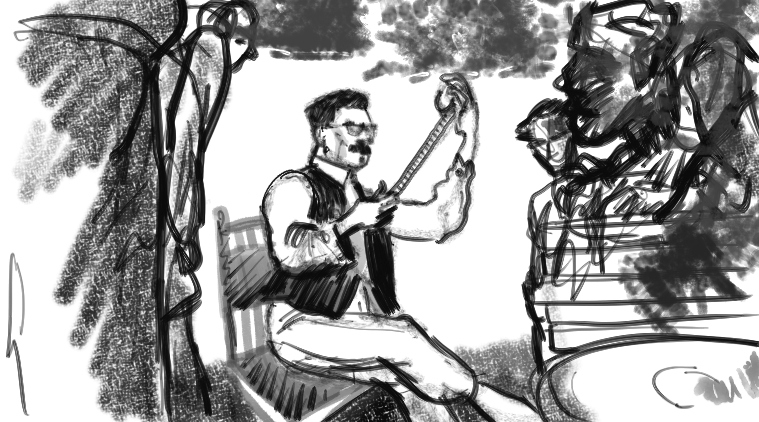
Despite the onslaught of Western Cinema (Hollywood and European) Indian Cinema stood its ground. They were amazing collaborates of socially and politically aware poets, authors, writers, performers, theatre personalities, magicians and others. Along with these collaborates came their strong healthy criticisms of each other’s work adding to this perseverance. I am certain that it survived the tough early years because we also could sing. We can still do. We sing when we fall in love, when we fall out of love and when we throw ourselves off the cliff etc. No other cinema can beat that.
But something escaped critical notice. Borrowing heavily from the repertoire of Ravi Varma and the early Indian Film Makers, Amar Chitra Katha became a major success story in publishing history. Not only did it do mythology, but also the Historical. Was it the grand Pastiche at work or was it a parody of it, a lollypop to hide something else? Time is a great lens and if we look sharply we might be able to see it. Were the writers and artists aware of it? Were they paying tribute to earlier masters or were they using that language to sanctify, to prepare for another path? Did designers and artists like you and me do that on purpose or did they not bother? In the guise of opening Indian Culture to the youth, Amar Chitra Katha had an incredibly successful run (unlike any other) preparing a people for Ramayana and Mahabharata on TV that ran even more successful runs, breaking records of viewership across the world. Then again the path grew wider with Bahubali, the film. Breaking records, it became the highest of grossers in the Industry.
In literary theory and philosophy of language, the chronotope is how configurations of time and space are represented in language and discourse. The term was taken up by the Russian literary scholar M.M. Bakhtin who used it as a central element in his theory of meaning in language and literature. In simple terms it is how meanings evolve when a measure of time joins a measure of space. For instance, if we were to say New Delhi 15th of August 1947 (in which New Delhi is a space and 15th of August 1947 is a measure of time), then the meaning is the Independence of our Country. Likewise if we were to say 6th of August 1945 (a measure of time) and Hiroshima, (a space) the meaning we are inferring to cant be anything but the Atom Bomb.
When we get on a wrong bus, it is normal for us to get off as soon as we realize our mistake, lest we end up in a wrong place. Time is a great lens and if we turn and look sharply using M.M. Bakhtin’s ideas of meaning making, we might be able to see where this bus has been and when. Where is it going? These successful and profitable pieces of work, Amar Chitra Katha, Ramayana and Mahabharata on TV and Bahubali on Cinemas had scores of designers, vfx designers, artists and writers involved in their making. People like us. We wonder if they employed what Jacob Bronovski had pointed; Man is a forward looking animal, we can imagine, we know what is to come…
A casual journey across our cities will show us 30-foot (on an average) tall cement idols of Gods and Goddesses done in the style of Amar Chitra Katha standing about everywhere. The Gods and Goddesses did not demand this. They have always preferred the insides of temples. This must be something else.
Even kitsch is no longer in the service of the eye. It is in the service of the mind…
End.
---------------------------------------------------------------------------------------------------
The next essay is on Photoshop and the JCB, Memory and progress.
Prakash Moorthy, is a design thinker, animation veteran and educator who has taught across leading design schools in India (**3/4th of the AG team has been under his tutelage). From pedagogy to production design to reportage through graphic narratives - he moves seamlessly between his various interests and roles.
He is forever opening minds, through his teaching, work and his talks.
